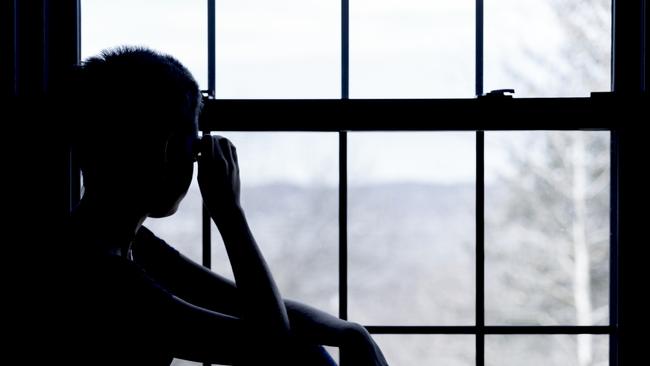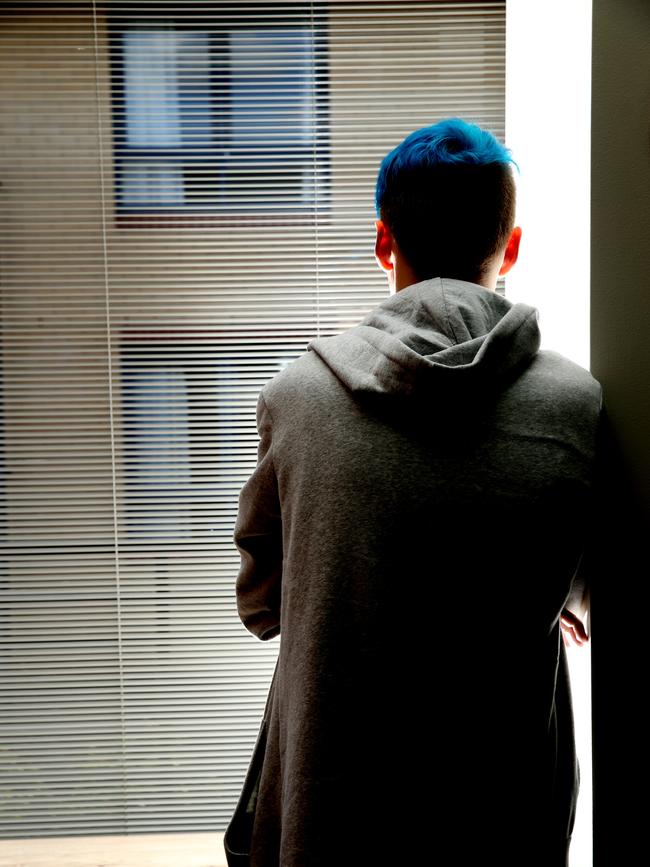Holly Lawford-Smith: Real problem with Victoria’s proposed new conversion therapy laws
What the proposed law gets dangerously wrong is lumping gender identity together with sexual orientation because someone somewhere added a ‘T’ to the LGB.
Opinion
Don't miss out on the headlines from Opinion. Followed categories will be added to My News.
A 15-year-old Australian girl was recently removed from her home and put under a protection order, with her parents being judged “abusive” because they refused to affirm her gender identity and agree to support her starting on cross-sex hormones.
Her parents say they believe that a loss of friends, lack of social skills, and difficult start to puberty explain their daughter’s distress, rather than her being trans.
A bill to prohibit “conversion therapy” in Victoria, written with input from trans rights activists, would vindicate the state’s approach in this case.
It seeks to class as a conversion practice anything that does not support or affirm a child’s claim to have a sexual orientation or “gender identity” and modifies the Family Violence Act to include an example of failing to affirm a family member.
Conversion practices are generally understood to be counselling or other interventions aimed at changing a child’s sexual orientation. In the Victorian bill, however, a prohibition on conversion is extended to “gender identity” too.
But gender identities are not unchangeable facts about persons like sexual orientations are; they are ideological.
What Victoria is doing is like introducing a bill to prohibit disagreement with a fringe religion, categorising any atheism or even agnosticism as a contravention, and giving the fringe religion the power to punish disbelievers.
The Victorian bill will mandate affirmation-only policy for people like the 15-year-old girl under threat of criminal sanction. The bill establishes four new criminal offences which carry punishments of up to 10 years imprisonment and up to $200,000 in fines.
It also establishes a commission to investigate, educate, and impose punishments on individuals accused of attempting to change or suppress a person’s sexual orientation or gender identity.
Detransitioners make plain that not every child who identifies as trans is actually trans. The Victorian bill will make it extraordinarily difficult for anyone in contact with a child who claims a gender identity to support them in a way that takes seriously the fact that they might not actually be trans.
And that is very bad news for all the children who are dealing with emotional trauma, or influenced by peer contagion, or are autistic, or are gay or lesbian, who have latched onto the idea of gender identity as a solution to their problems but may be wrong about that
identification.

What the conversion therapy bill gets right is that sexual orientation can’t be changed, and we should want to protect LGB youth from attempts to change it.
What it gets wrong is lumping gender identity together with sexual orientation, as though everything we know about this history of attempts to change or suppress sexual orientations on religious grounds can simply be applied over to gender identity because someone somewhere added a ‘T’ to the LGB.
Sexual orientation and gender identity are not alike. Thinking that they are is perhaps the greatest mistake driving legal changes around gender identity today.
Gender identity is a recent cultural invention, providing an umbrella for a diverse range of people who have in common, at best, nonconformity with some gender stereotypes.
The idea that everyone has a gender identity, where gender identity is a subjective sense of oneself as a man, woman, or neither, and where this identity is more important than one’s biological sex, has been defended by influential public intellectuals like Judith Butler, and taken up in the popular culture with great enthusiasm.
The idea’s popularity correlates with the sharp rise in numbers of children being referred to gender clinics. The Bell judgment notes a 2500 per cent increase in less than 10 years (from 97 in 2009 to 2519 in 2018); at the Royal Children’s Hospital in Melbourne there was an increase of 1767 per cent between 2012 and 2019.

But fashionable ideas fall out of fashion; what happens then to the health of the children who have been medically and surgically transitioned?
It is ironic that the Victorian bill declares “a person’s gender identity is not broken and in need of fixing”, all the while treating children’s bodies as though they are broken and in need of fixing through puberty blockers, cross-sex hormones, and surgeries, and securing a future where detransitioned bodies may well be considered “broken” by those whose bodies they are, adults who were let down by medical professionals as children.
An affirmation-only approach to sexual orientation risks nothing.
An affirmation-only approach to gender identity risks lifetime medical dependence and takes medical risks with experimental treatments, upon children who lack the capacity to consent to these treatments and who may well live to regret them.
Holly Lawford-Smith is a senior lecturer in political philosophy at the University of
Melbourne. This article was written with Kath Deves, co-founder and spokeswoman of Save Women’s Sports Australasia, and a law graduate.




